With or Without Dior, Hong Kong Aims to Forge Ahead as Creative Hub of Asia

As Hong Kong gears up for another busy week around Art Basel, its efforts to reclaim its position as the hot spot of Asia are fueling conversations and spurring plenty into action — even in the absence of Dior, which has postponed its Saturday men’s pre-fall show.
In 2023, the city registered a 3.2 percent growth in gross domestic product. It generated 406 billion Hong Kong dollars, or $51.9 billion, worth of retail sales in 2023, up 13.8 percent year-over-year.
More from WWD
Abel Macias Uses Folkloric Images to Decorate Stores, Hotels and Restaurants
Japanese Artist Verdy Named Artistic Director of ComplexCon Hong Kong
Total visitors in the 12 months jumped 2,922.2 percent to 17.2 million people. The Philippines, Japan, South Korea, the U.S., Singapore and Thailand contributed the largest amount of international visitors.
The city’s stock market, which is 12 times bigger than that of Singapore, remains the primary gateway for Chinese firms raising global capital.
While the clear regulatory framework also provides a sense of stability for global investors, they may be spooked by the March 19 adoption of a new national security law, adding further provisions to the National Security Law implemented in 2020.
According to the city’s lawmakers, the “Article 23” law that comes into effect on Saturday — covering heavy sentences for crimes of espionage, treason, insurrection, threats to national security, external interference in Hong Kong’s affairs and theft of state secrets — is meant to bring a level of stability back after the tumultuous pre-pandemic years.
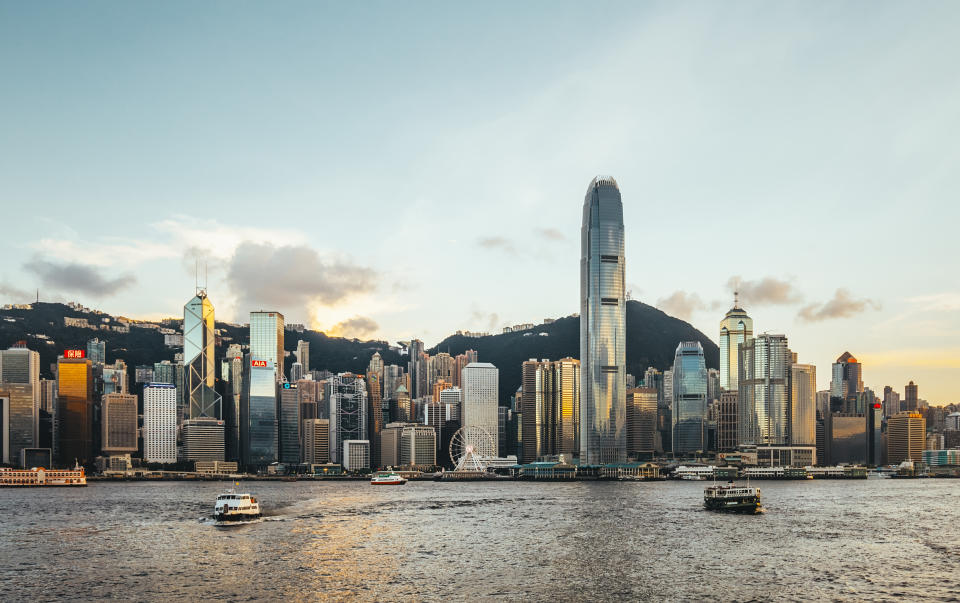
However, the passing of the bill was met with a raft of international criticism aimed at its fast-track process and perceived ambiguity.
Through spokesperson Vedant Patel, the U.S. State Department said it was “alarmed by the sweeping and what we interpret as vaguely defined provisions laid out” that could impact American citizens and interests.
For the European Union, “this also raises questions about Hong Kong’s long-term attractiveness as an international business hub,” the EU said, citing the law’s “sweeping provisions and broad definitions, specifically in relation to foreign interference and state secrets,” its extraterritorial reach and partial retroactive effects.
Structural challenges also remain as Hong Kong still struggles to find its role in retail in the post-pandemic era, according to Gary Ng, senior economist of Asia Pacific at Natixis Corporate and Investment Banking.
“The lost government policy direction does not help much. It means retail sales will probably only grow 3 percent this year as outbound spending will likely be stronger than inbound recovery,” Ng said.
All this may leave Hong Kong’s crown askew, but that won’t keep a major metropolis down, according to the city’s industry professionals and creatives.
“To the people who think Hong Kong is finished, I’ll just say that it’s an international metropolis much like New York City, London, Paris and Tokyo,” said Jimmy Chan, founder of fashion consultancy firm Semeiotics. “Whatever problems are happening out there, they’re happening here, too, from a slowdown in consumption in general to the ripple effect of conflicts and wars.”
In today’s rapid-shift geopolitical landscape, the only certainty is that there will be no return to the heady days that Hong Kong enjoyed for almost two decades until China’s 2017 slowdown, he said. “If that’s the normal [some] are expecting, it’s never coming back.”
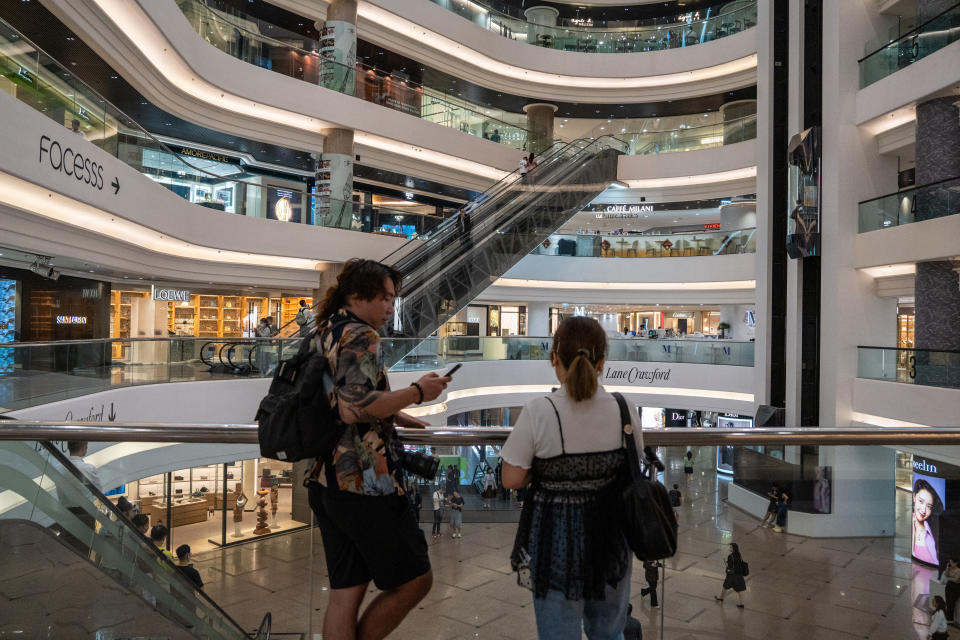
Local Retailers Fight Back
A year after the city lifted the last of its pandemic-related measures, the Lane Crawford Joyce Group’s chairwoman and chief executive officer Jennifer Woo painted the picture of a city “getting back to what it does well, which is business,” with not only tourist numbers up, but also business visitors and even the return of former residents.
“Hong Kong will continue to thrive as one of the world’s most dynamic retail cities,” she told WWD. “The amount of curiosity and concern for the industry here is equaled by the amount of ambition here and that fuels opportunity.”
Despite the challenges, including expensive real estate and short leases, Woo said “the opportunity is the customers — they are a dynamic, curious, growing group of consumers who want the new and the special — and that gives us huge scope to play with in terms of brands, new categories, new concepts, new collaborations.”
A diverse and vibrant creative scene supported by investment from a range of actors, public and private, helps generate cross-disciplinary experiences. Take Lane Crawford’s collaboration with the Hong Kong Ballet for the retailer’s spring 2023 creative campaign, which included a bespoke dance program at its IFC mall flagship.
The city’s ambition reaches far beyond finance, extending into fashion and creativity — if you know where to look.
Hong Kong is “a city to keep paying attention to,” Woo said. “We have all faced challenges and barriers these past few years and we’ve had to be more creative; retail is always among those at the forefront of showing off that creativity, so keep watching this space.”
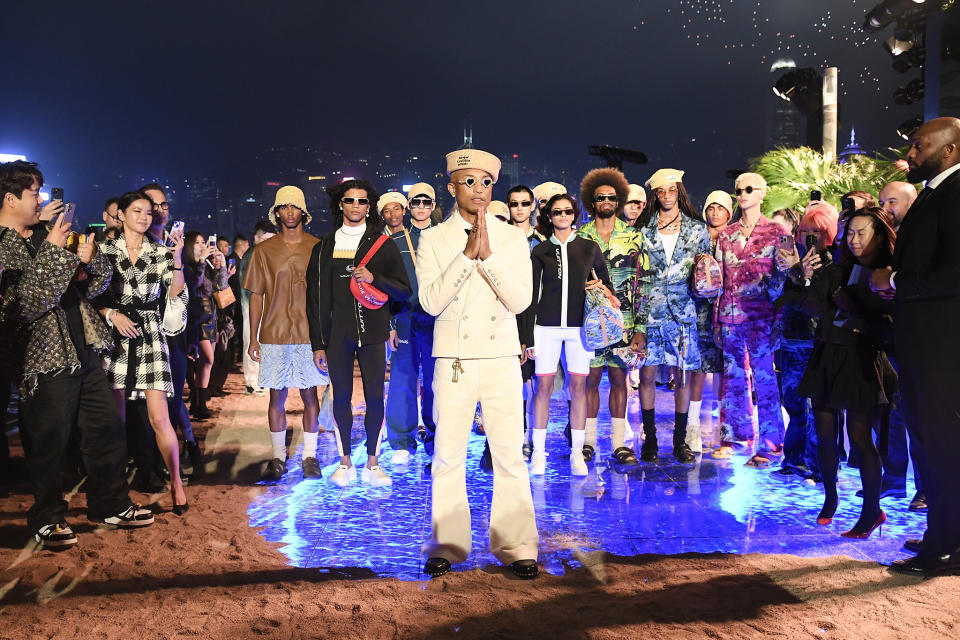
Catching the World’s Eye – Again
For Hong Kong, “the challenge is finding its place again because the competition is neighboring cities,” said Chan. “We need to define who we are because it’s a matter of exports.”
Hong Kong’s film industry remains its most famous export, but the manufacturing it was once famed for has moved elsewhere, although companies may still be headquartered in the city. Hospitality and shopping have direct competition from the likes of Macau, Shenzhen and even Hainan Island.
The local authority has been investing heavily in bringing global attention back to the city through a cultural lens. Fashion is an integral and highly visible part of that, since “nothing is going to get you as much attention as fashion, with celebrities and people with large followings,” added Chan.
Louis Vuitton in November staged its men’s pre-fall 2024 collection at Victoria Dockside, overlooking the city’s storied waters.
With its 1,200 guests and 560 million views across different platforms and channels, it amounted to “a precious opportunity to promote Hong Kong’s brand and international image,” said Victor Tsang, head of CreateHK, an office set up to spearhead the development of creative industries in the special administrative region.
“It reinforced the city’s cultural vibrancy and its unparalleled charm in attracting mega events of various nature as well as visitors from all over the world,” continued Tsang, who also felt it cemented Hong Kong’s position as an “East-meets-West center for international cultural exchange.”
This is something the Hong Kong Special Administrative Region government is looking to develop further, particularly with the 2022 establishment of a Culture, Sports and Tourism Bureau.
Another step in this direction will be CreateHK’s expansion into a Cultural and Creative Industry Development Agency. The agency is tasked with boosting the cultural, creative and arts industries, but also the adoption of a cross-sector cultural intellectual property business ecosystem, Tsang said.
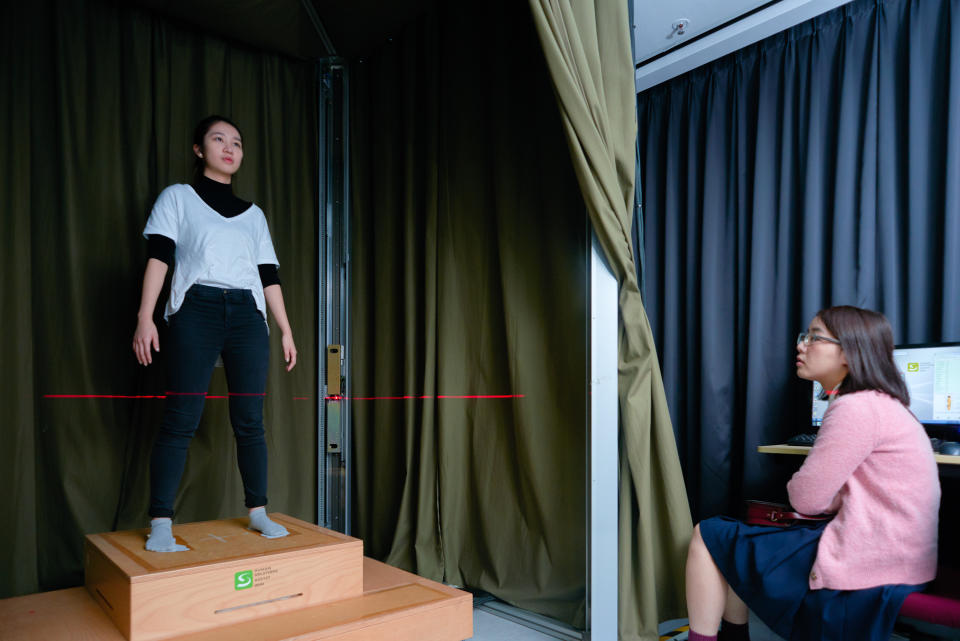
Erin Cho, dean of the School of Fashion and Textiles at the Hong Kong Polytechnic University, agreed that the city has been recovering from the negative impact of the pandemic.
“The Hong Kong authorities are in the right direction. In the past six months, [they have] indeed seen the value of elevating culture and tourism to boost [the] economy,” added Cho, who relocated to Hong Kong in 2022 from The New School in New York, where she was dean of the School for Undergraduate Studies and came to spearhead the fashion and textiles programs at the prestigious Hong Kong Polytechnic University.
Plus, such events “bring glamour and global attention to Hong Kong,” she said.
The now-permanently postponed Dior pre-fall show, which was originally scheduled to bring in thousands of guests to witness the spectacle at a venue built inside Kai Tak Airport on Saturday, was set to be one of the few key moments building up to Art Basel Hong Kong week, slated for Wednesday through March 30.
Not hosting what could have been “the event of the century,” with Kim Jones expected to bring a more international crowd, was a huge disappointment for the city’s fashion community, said Alex Po, cofounder of the Hong Kong-based gender-neutral fashion label Ponder.er, one of the 20 brands short-listed for the 11th edition of the LVMH Prize for Young Designers.
“It generated a bit of self-doubt,” Po continued. “Something that came up in conversation fairly often lately is whether we would be able to host something as big as Dior or Louis Vuitton.”
But there are still many reasons why fashion lovers are expected to visit the city this coming week.
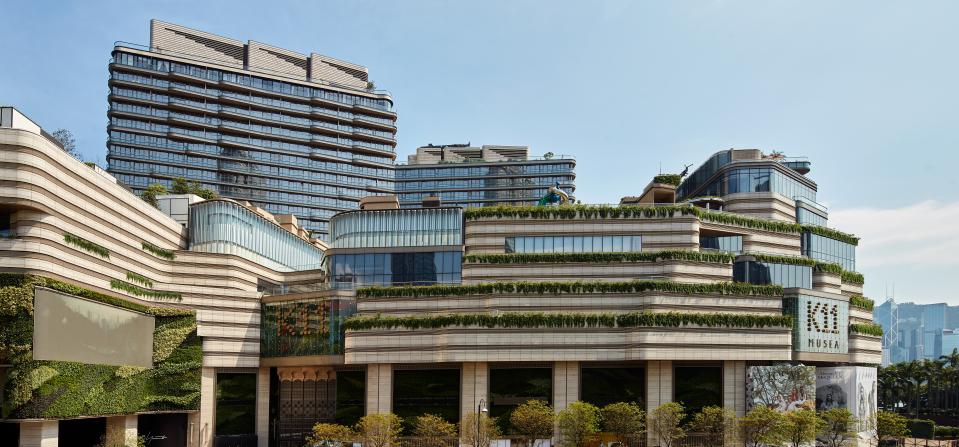
Natalia Vodianova’s charity organization Naked Heart Foundation hosted a gala dinner with Adrian Cheng, CEO of New World Development and founder of K11 Group, at Rosewood Hotel on Thursday.
ComplexCon is pressing ahead with its first event in Asia as well, scheduled for Friday to Sunday at AsiaWorld-Expo. Curated by Japanese graphic artist Verdy, the mastermind behind Blackpink’s “Born Pink World Tour,” the fair will feature a new work from Daniel Arsham, a one-day crash course on “collaboration theory” by Hiroshi Fujiwara’s Fragment University, and concerts headlined by 21 Savage, Simon Dominic and Edison Chen.
“We also have Art Basel at the end of this month, along with Complexcon. These are really good platforms that provides many things. Art Basel elevates Hong Kong’s visibility in the art scene and everybody’s paying attention, and it provides the opportunity for local creative communities to engage with the global audience,” said Cho.
But not all industries can expect a windfall, cautioned Chan.
“Unlike transportation and hospitality, retail isn’t exactly benefiting from it,” he pointed out. “A lot of tourists come to Hong Kong, including many from mainland China, but they are experience-seeking rather than consumption-based.”

Know Its Strengths
According to Po, Hong Kong’s far more international status is something its mainland China counterparts like Shanghai and Beijing are unlikely to ever have.
“When you do a big show in China, it’s most likely to be just about China, but when you do it in Hong Hong, it has global ramifications,” added Po.
Cho agreed that Hong Kong should be confident about the fact that it has played the role of an international center connecting the West and East for more than a century. In 1997, after decades of negotiations, Hong Kong was handed back to China by the U.K. after 156 years of British rule in the former colony.
“It will continue to play that function because of the very simple fact that the infrastructure is here for foreigners like me to contribute all the same functions that I carried out over in the United States. If you compare to other English-speaking Asian countries like the Philippines or Malaysia, Hong Kong’s leading position is beyond comparison, the development, openness and internationalization accumulated over so many decades,” added Cho.
She acknowledged that it won’t be an easy task since there has been a lack of education about what Hong Kong has to offer to the Western world.
In her opinion, the city is “the English-speaking part of [China],” offering an attractive mix of Western and Eastern assets rooted in “synergetic engagement.”
“It’s the only city that is so perfectly balanced and where you can communicate and get around in a very safe setting,” agreed Chan.
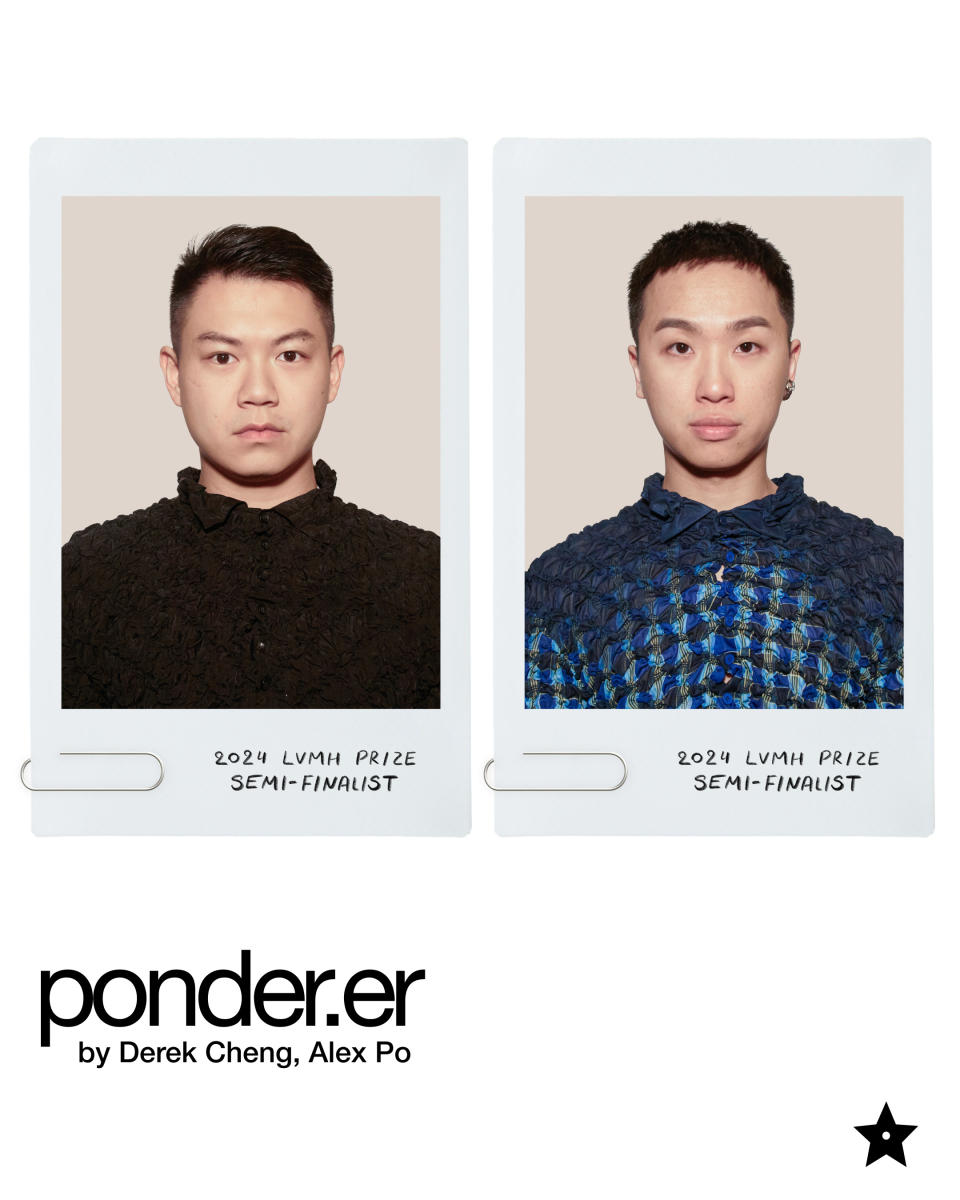
Brewing Local Community
That cultural and economic cross-pollination has also provided a foundation for the formation of a local fashion and creative community, and despite earlier challenges coalesced into a moment of opportunities.
“Back then, the city was a creative platform. People came here for expos or trade fairs. But now, given the amount of support brands like ours have been getting and the improving living standard of the consumers, there is a real community here,” said Po.
“I hang out with other creatives, and I know where the cool things are happening. I don’t think it’s fully exposed, but there is a culture there that is getting more appreciated by the Hong Kong people of my generation, who care about the quality more than the label,” he added.
Cho noted that operating brands in a location like Hong Kong — where top global labels have maximized their retail operations — is key for designers to differentiate themselves from major players.
“For Hong Kong brands to cut through, you have to be very unique,” she said, giving the example of 10-year-old menswear label Demo, founded by PolyU graduate Derek Chan.
“It makes you question many things when you look at it [with its mix] of female elements, very decorative, but gender-neutral at the same time. I think that’s one way to go if you want to survive here,” she continued.
And it’s also what is helping these brands reach, say, Paris, where Demo participated in Fashion Farm Foundation’s latest Fashion Guerrilla group showcase.
“I don’t think any creatives in Hong Kong are solely looking at Hong Kong. They are looking at China, at the U.S., and at Europe,” said Semeiotics’ Chan.
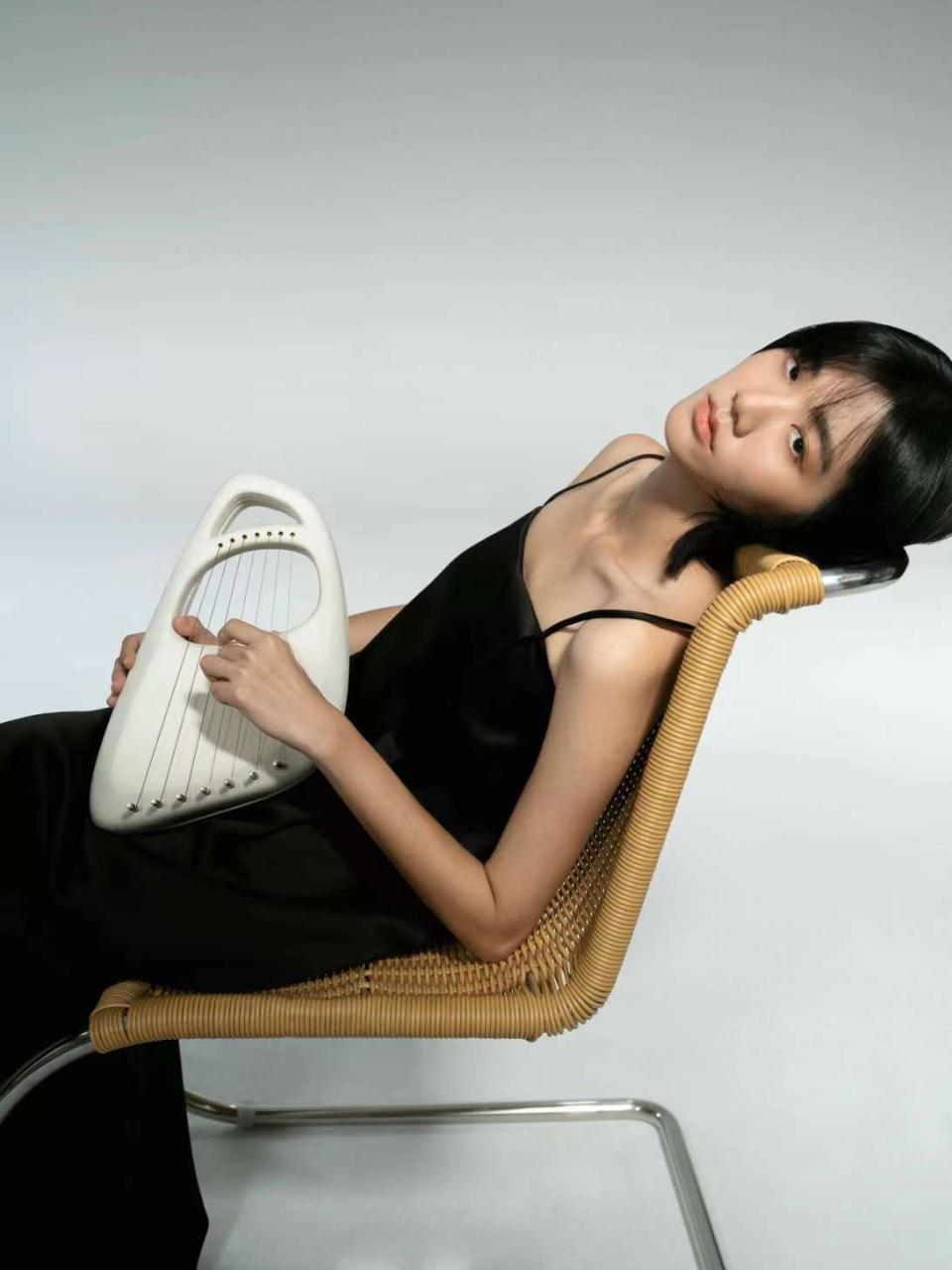
This opinion was shared by Logan Chan, cofounder of the accessory label PabePabe, which integrates musical instrument elements into bags and showed at the Fashion Farm Foundation showcase. The brand is also receiving government funding to gain exposure in Shanghai.
“The local market for independent creative brands like ours is very small. We focus on developing worldwide as we need a wider range of customers to ensure our sales amount,” said the PabePabe cofounder. “In Shanghai, people are very open to trying new things and experimenting with different looks. This inclusivity in fashion is something that Hong Kong is currently lacking.”
Po added that generous governmental funding and a network of industry support have also been crucial in providing a friendly environment for the local creative community to flourish.
He felt that the visibility gained by participating in Fashion Asia Hong Kong, a government-led program that invites global industry experts and highlights emerging talent, was a contributing factor to Ponder.er’s spot on this year’s LVMH Prize for Young Designers short list.
It’s not the only avenue for exposure and sponsoring. International buyers also come to September’s Hong Kong Fashion Week. There are the Design Incubation Program and the Fashion Incubation Program, both sponsored by the Hong Kong Design Center, with bursaries going toward the cost of attending international showrooms, as well as a free studio space, and networking events that can lead to collaborations between creatives.
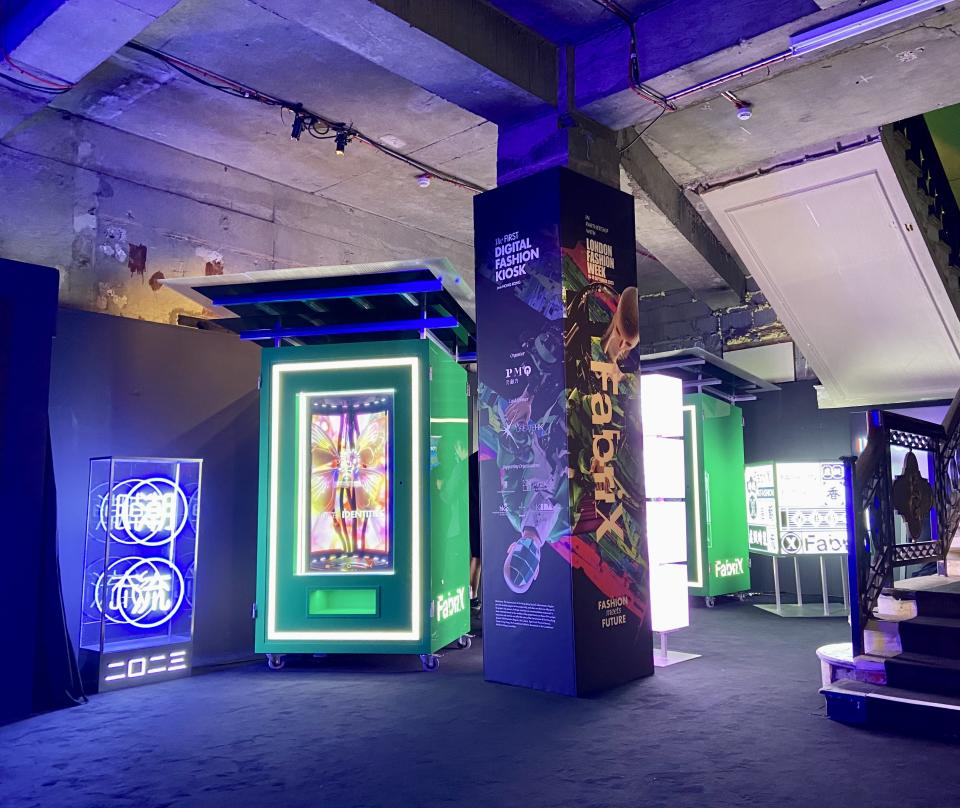
Others, like the Fashion Farm Foundation, PMQ and FabriX provide substantial support to homegrown talents with a slew of events in London and Paris.
Shin Wong, project director of FabriX, said local designers should be patient and smart, while “understanding their consumers and aligning their creations with what resonates with them to foster customer loyalty.”
Wong thinks Hong Kong remains an ideal playground for start-ups like FabriX, with abundant opportunities to connect with potential investors and collaborate with big tech houses from across the globe.
For ComplexCon, the start-up will set up an AR digital kiosk for visitors to virtually try on creations by Abra, Celine Kwan, Chen Peng, Christian Stone, Eden Tan, Feng Chen Wang, Germanier, Mark Gong, Ryunosuke Okazaki, Susan Fang and Windowsen.
There is one final advantage Hong Kong has for its homegrown labels: a growing and wider regional synergy with China.
Not only is the cost of office space and manufacturing in Shenzhen, a 15-minute train ride away across the border, much lower but the Chinese metropolis also has the skills available. In Hong Kong, skilled garment industry workers are older and closer to retiring.
That sets a new position for Hong Kong in the Greater Bay Area fashion ecosystem, Po said. “Shanghai is a very competitive place where you go and grow and learn. Shenzhen is where you can make your ideas happen. Hong Kong is a way to step into the international market.”
Best of WWD

